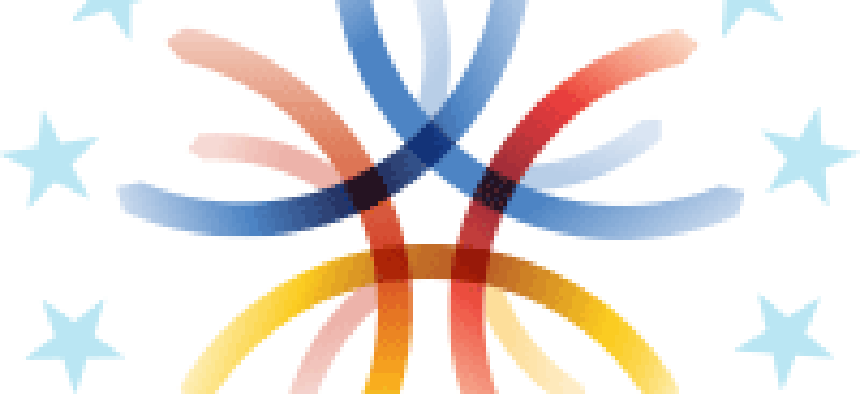Challenges and prizes: Procurement vehicle of the future?

How NASA and other agencies are using contests to bring better ideas into acquisition.

Procurement has long been at the top of the government's laundry list of activities that need improvement. However, a solution already exists that could remedy or, at the very least, enhance the federal procurement process.
Enter challenges and prizes.
Agencies started using such tools in the early 2000s, and the governmentwide Challenge.gov repository launched in September 2010. Now several agencies have offices and staff dedicated to prizes and challenges, and they are becoming ubiquitous.
Jenn Gustetic, assistant director for open innovation at the Office of Science and Technology Policy, got involved with prizes in 2009, around the time President Barack Obama released his Strategy for American Innovation, which calls on agencies to promote innovation by using new tools, including challenges and prizes.
Gustetic came to OSTP from NASA, where she served as the program executive for challenges and prizes for nearly three years.
"It's been interesting to watch the sophistication of challenges really grow," she said. "Not just the challenges themselves, but also the support agencies have been putting behind challenges and prizes. Many agencies have put together common procurement vehicles, and some agencies have released guidance on prizes and challenges."
NASA's Innovative Partnerships Program has housed some of the most impressive government challenges and prizes, including a competition to design moon-landing rockets.
"We have example after example where people engage from other disciplines and they're able to add insights into a problem-solving process," Gustetic said. "When you think about getting ideas you probably wouldn't normally reach, challenges allow you to bring those ideas in."
In NASA's Lunar Lander Challenge, Masten Space Systems and Armadillo Aerospace received a combined $1 million award for their spacecraft. And therein lies the potential of challenges and prizes to transform the procurement space.
"You don't have to pick what team is likely to succeed based on a written proposal," Gustetic said. "This gives them a way to compete head to head and only be judged based on their performance."
From September 2010 to September 2013, 58 federal agencies ran 288 competitions on Challenge.gov, according to the website. It is administered by the General Services Administration and is free for agencies to use.
Challenges and prizes have the ability to transform every aspect of the procurement process, GSA Administrator Dan Tangherlini said in a November interview with FCW.
"It's very hard for programming and procurement people to get their heads around the idea that instead of very precisely prescribing a solution, what you do is describe a problem, put a reward next to that problem and then invite people to come up with solutions," Tangherlini said.
Even if the resulting solutions are not ideal, they can be the first step in a more traditional process that allows agency partners to identify ideas they might never have seen before, he added.
Lynn Buquo, a manager at NASA's Center of Excellence for Collaborative Innovation, said challenges can help inform procurement teams, which often are stretched thin, and create prototypes.
For example, when NASA worked with the Centers for Medicare and Medicaid Services on the the Center for Program Integrity challenges, officials "took the results of the IT-based challenges and used [them] to inform the procurement," she said. "By launching those challenges, they got an idea of what was common in industry and could be smarter about moving forward with that procurement."
Tangherlini said challenges also "radically transform" the traditional relationships that are involved in the procurement process.
"I think the Challenge.gov framework allows agencies to get much smarter about understanding what solutions might be available in the marketplace," he said.
At NASA, officials developed a tool that could make contracting something program managers, IT professionals and business leaders can understand. Jason Crusan, director of NASA's Advanced Exploration Systems Division, and Jeff Davis, director of the Human Health and Performance Directorate at NASA's Johnson Space Center, created a guide to help federal employees understand the methods they can use to solve a problem through acquisition, challenges or grants.
The team used Topcoder, a crowdsourcing tool, to build the guide. It achieved operational readiness in mid-November but has not yet been used NASA-wide.
Accelerating innovation is one of the cornerstones at NASA. The agency known for putting people on the moon is now also known in the innovator community as giving smaller businesses and individuals a chance to contribute to the space mission.
"Through a standard contracting mechanism, it could take a long time to get to those breakthroughs," Buquo said. "Challenges and prizes can really augment that process."
Note: This story was updated on Dec. 10 to correct the challenges on which NASA and CMS collaborated.





